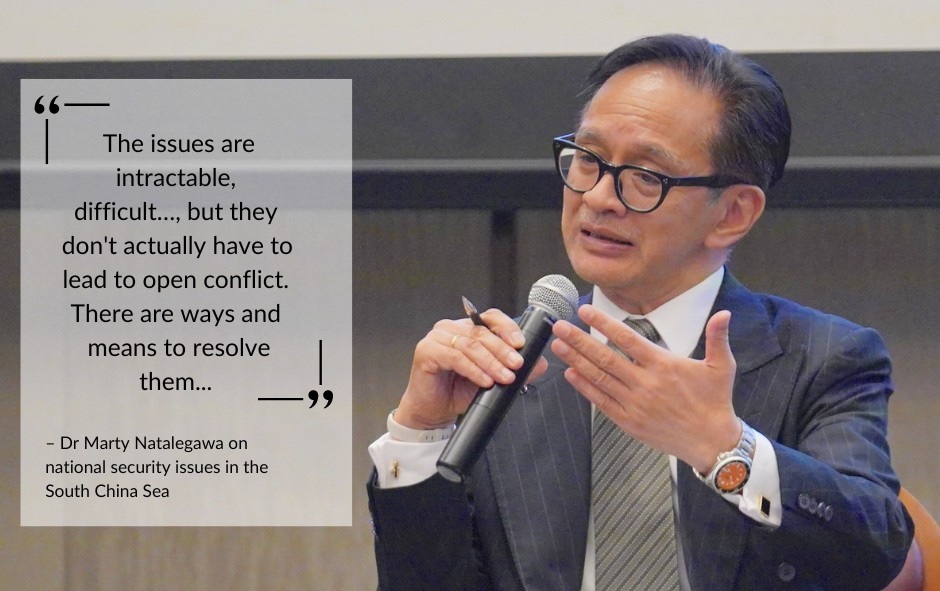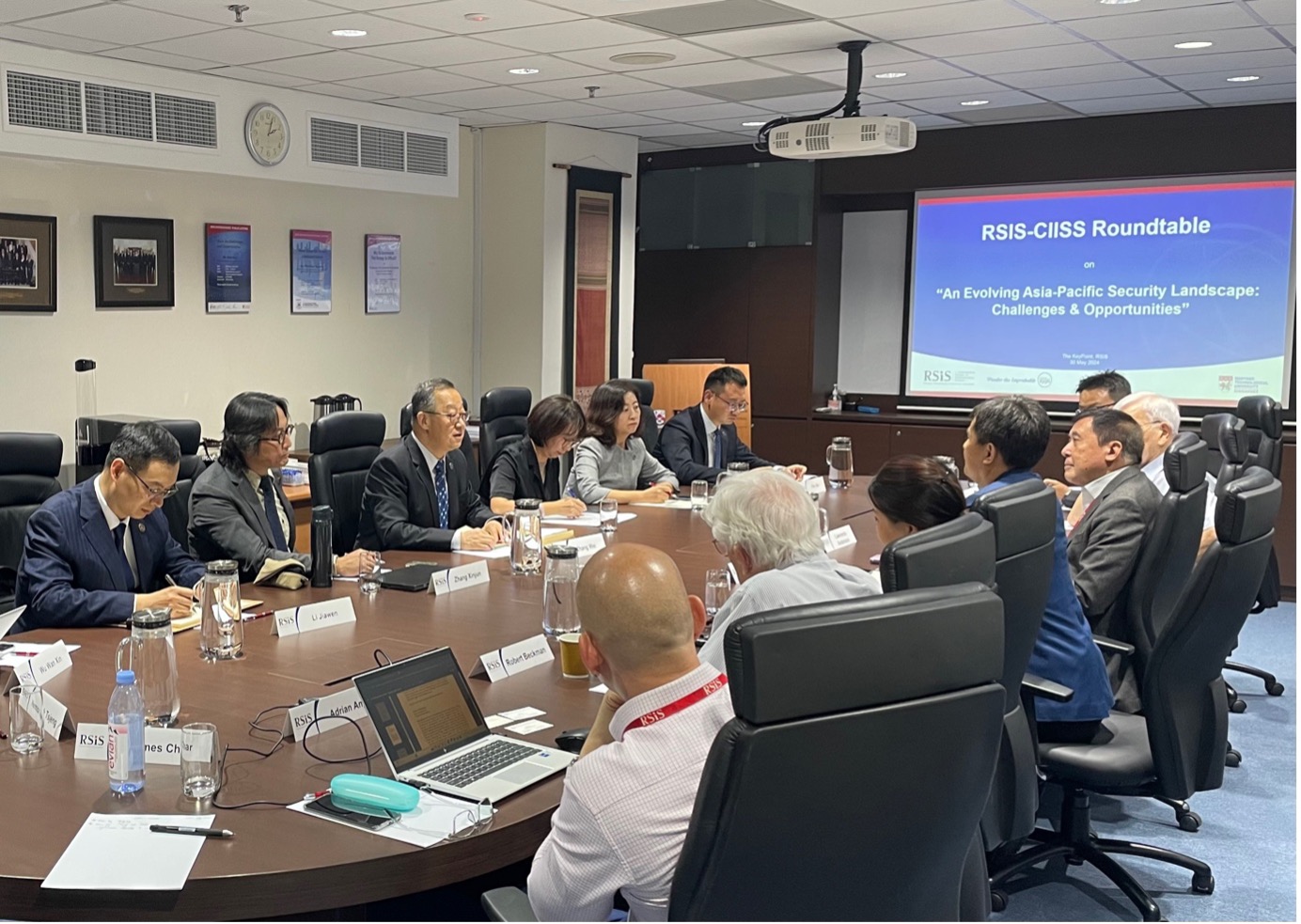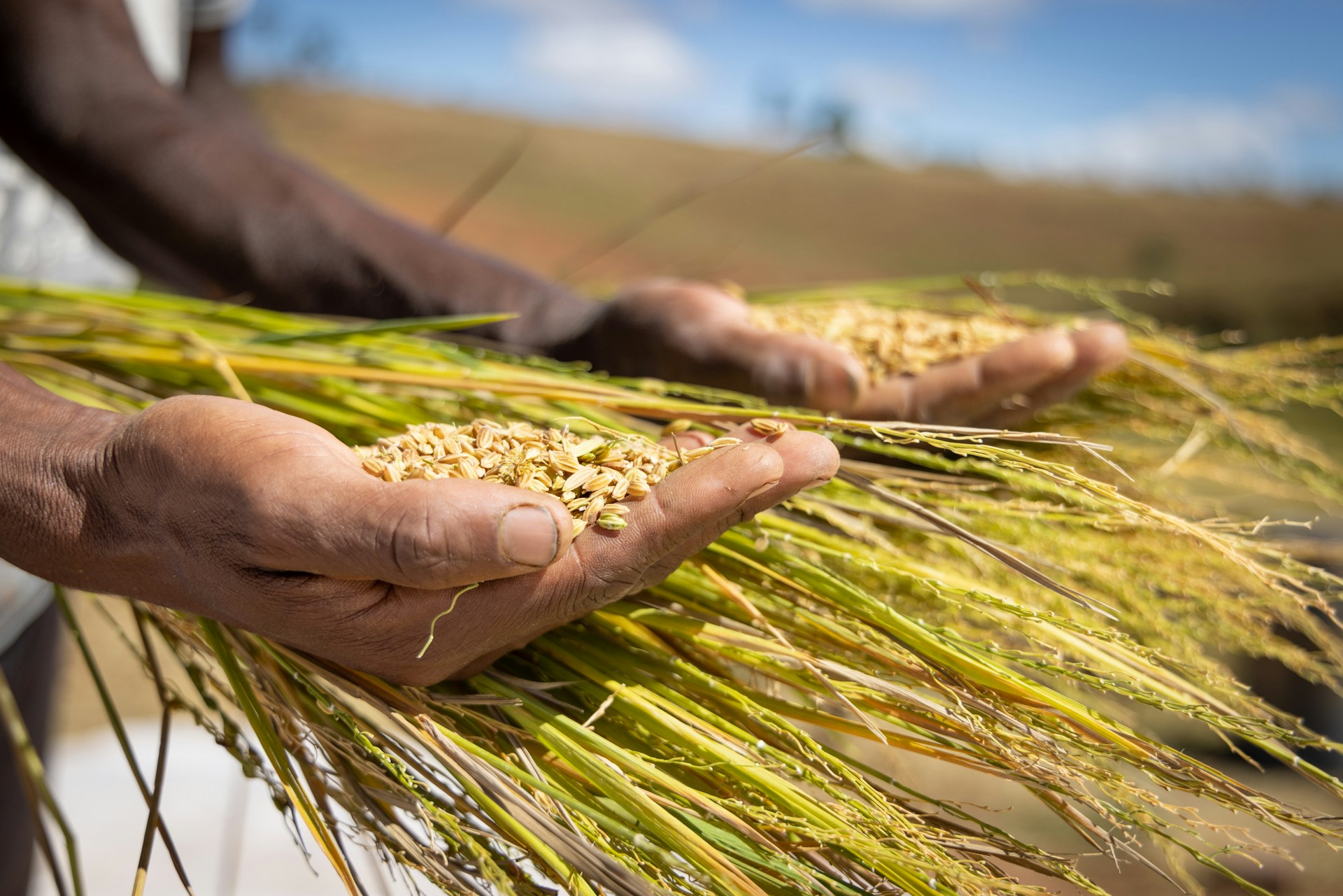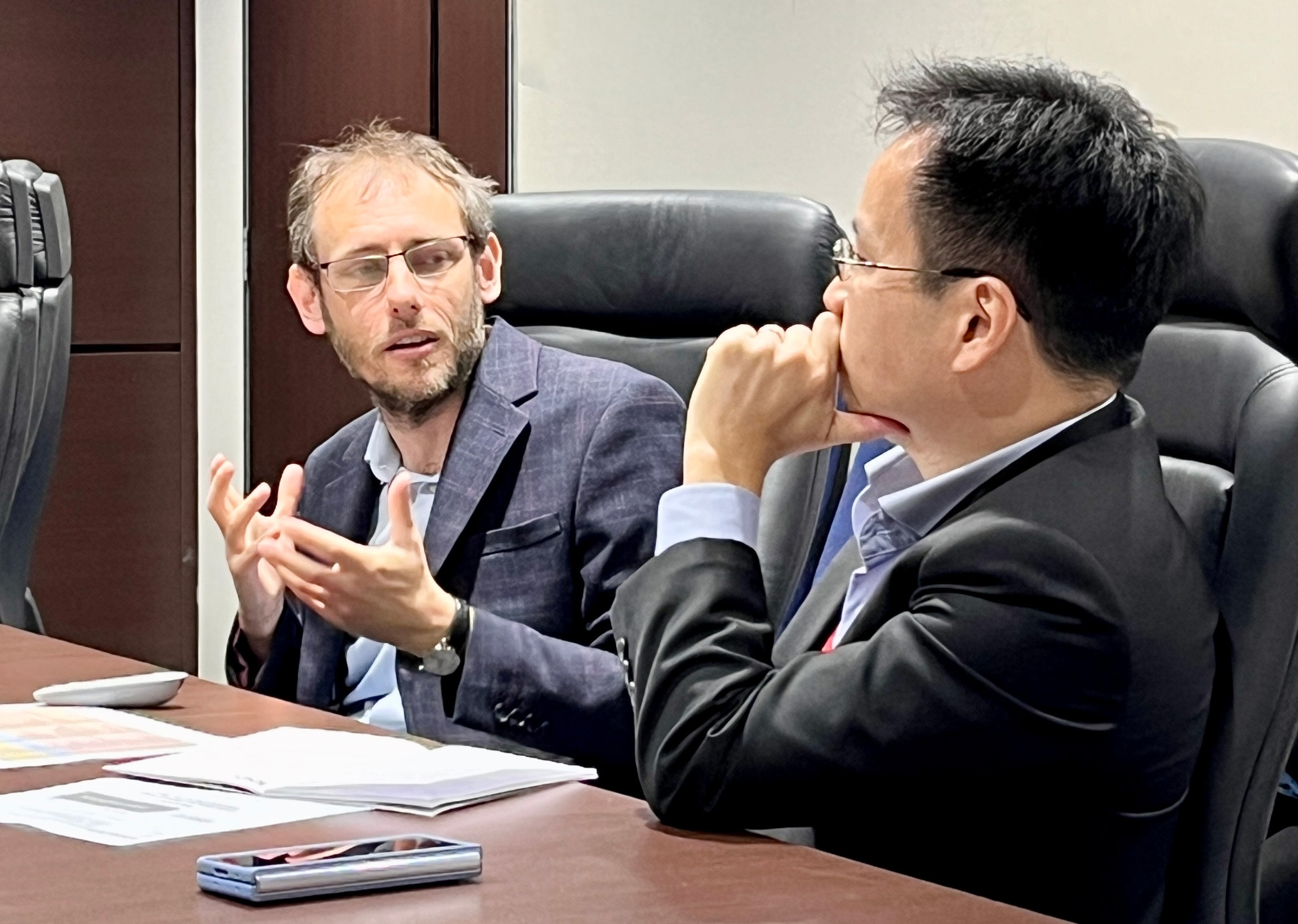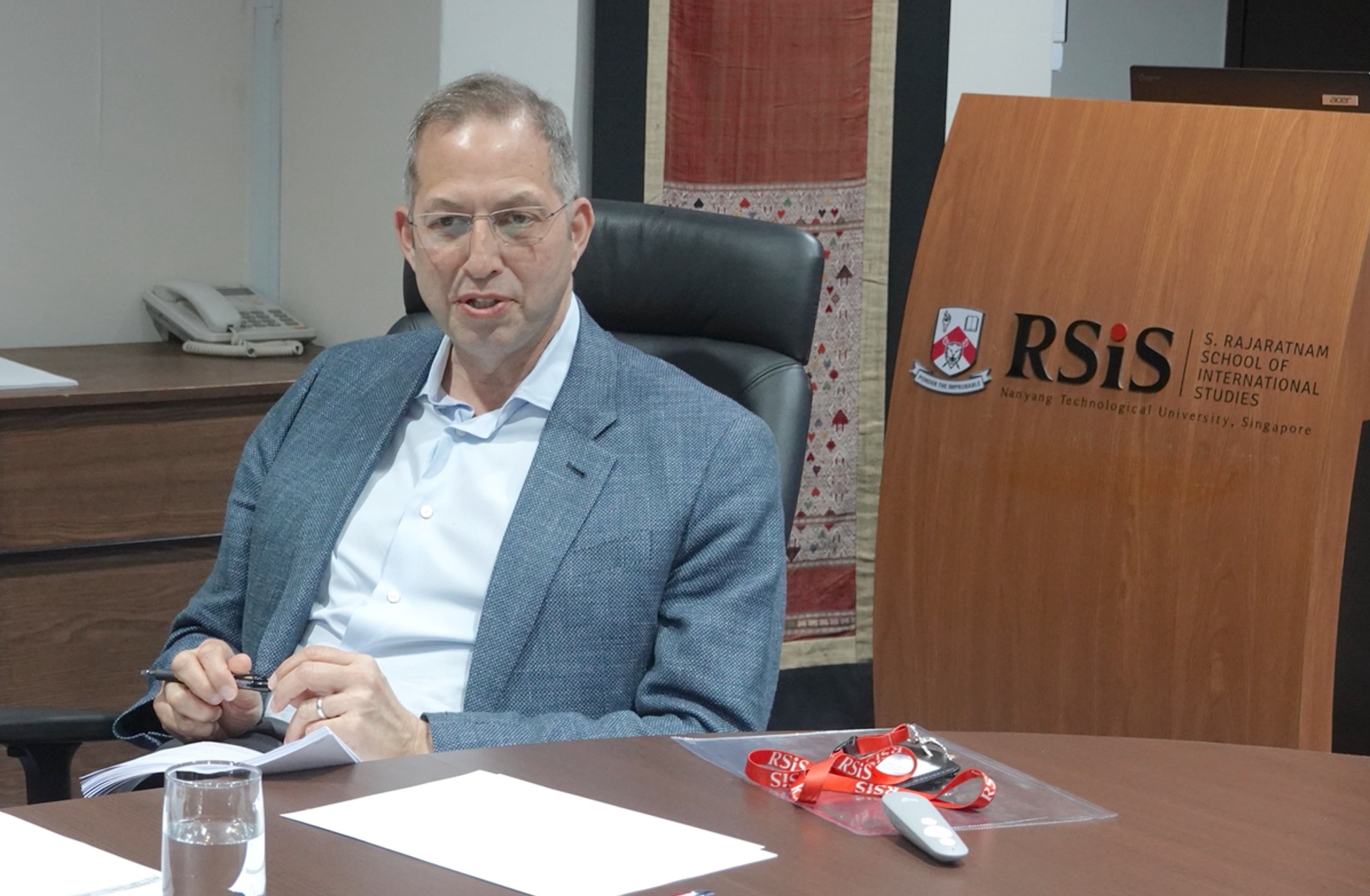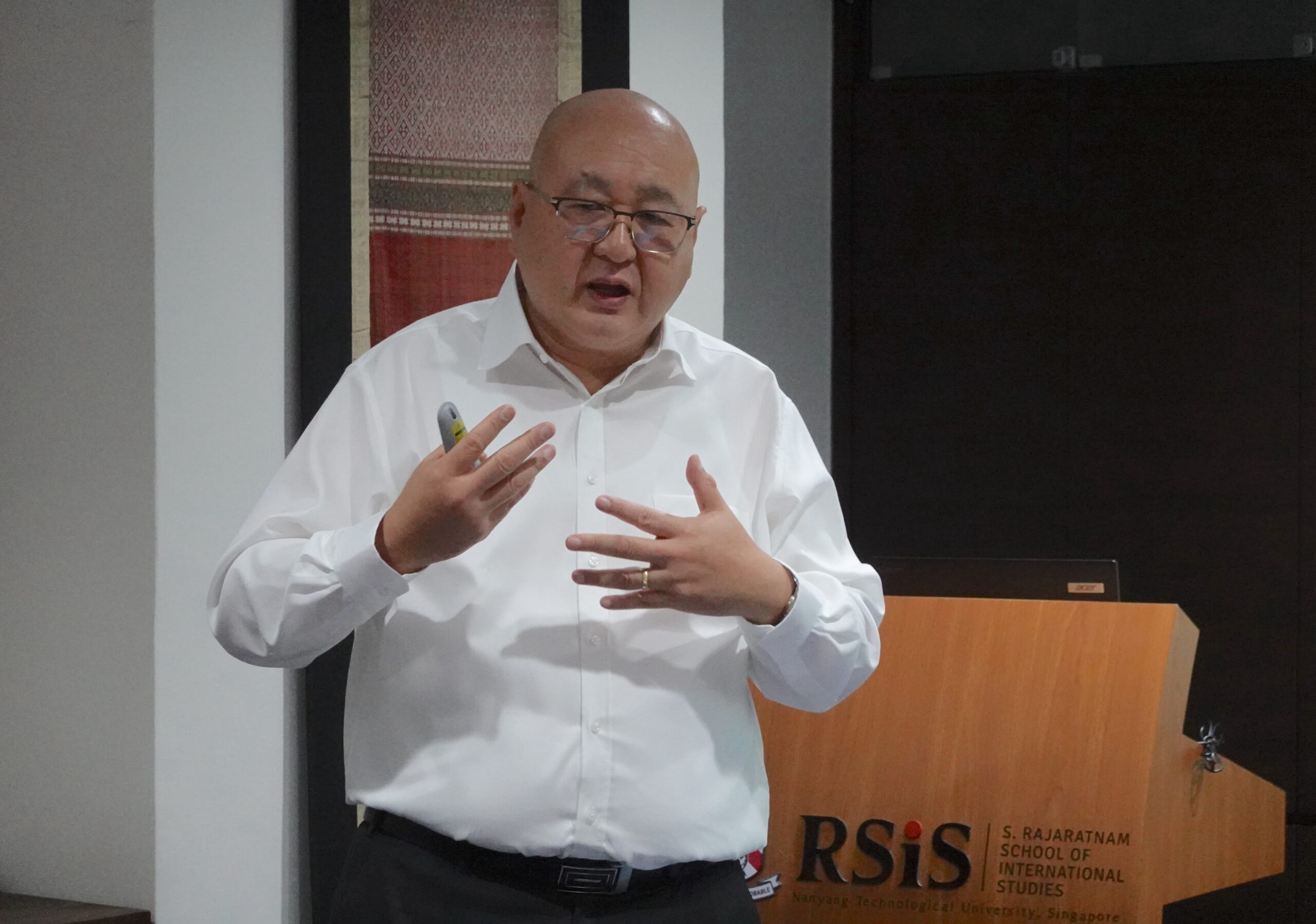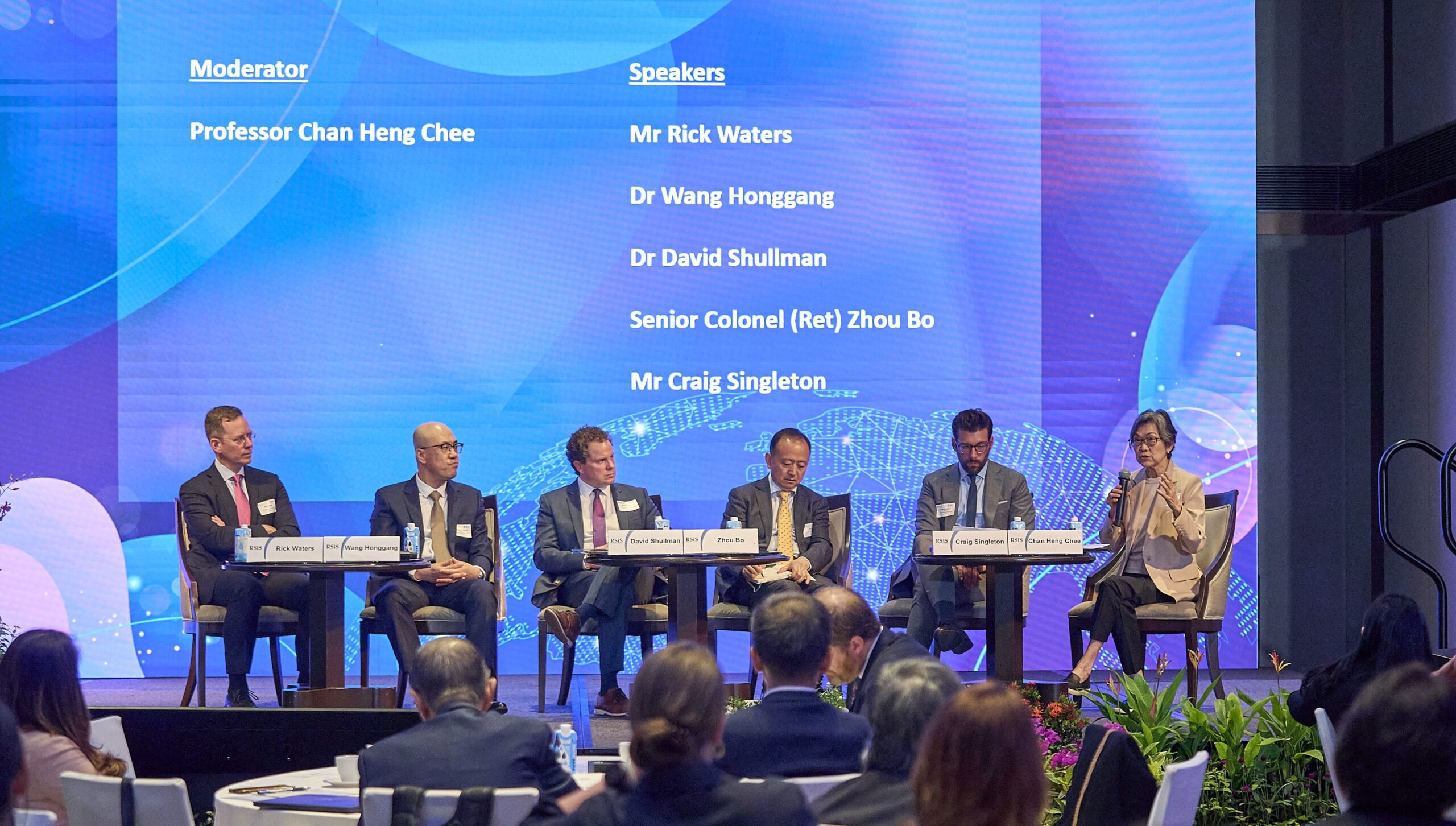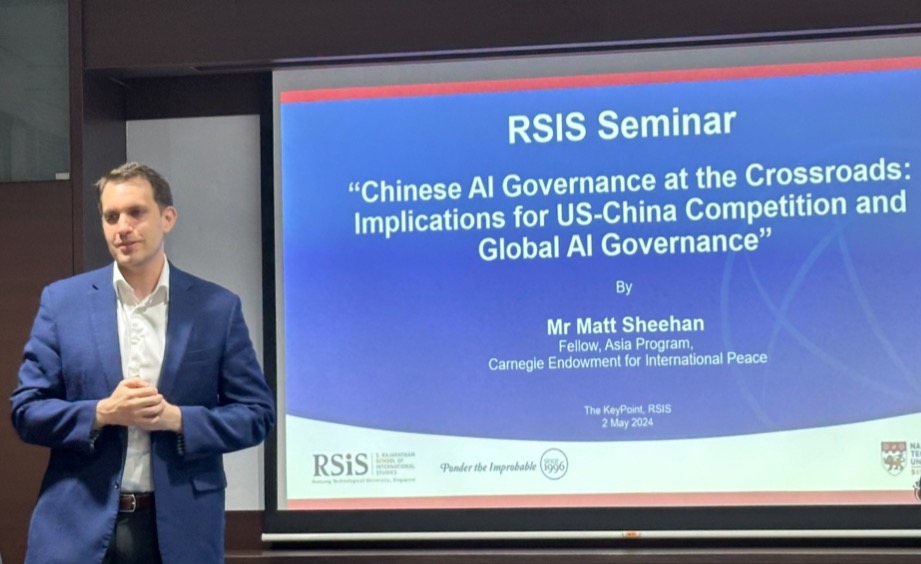
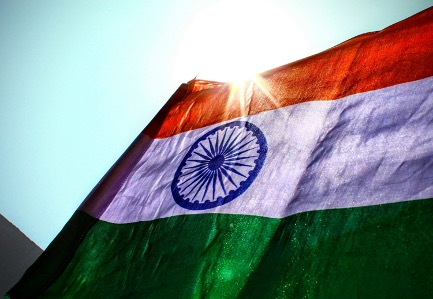
Dr Duvvuri Subbarao, the former Governor of the Reserve Bank of India and former Finance Secretary to the Government of India, gave a public lecture on 28 May 2024 titled “India’s Many Transitions Through the Eyes of a Civil Servant”. The lecture was co-hosted by the South Asia Programme at RSIS, and the Institute of South Asian Studies at NUS. During the lecture, Dr Subbarao touched on a host of policy issues that are relevant for India’s journey towards growth and widely-shared prosperity.
Dr Subbarao highlighted five key transitions that India went through in the post-Cold War era.
The first was the opening of the Indian economy in 1991 and its integration into global economic order. While certainly positive, it has also left India more vulnerable to external shocks. The second was the improving gender dynamics, despite continuing challenges. For example, in education, enrolment and retention rates for female students have improved but achievement rates continue to be poor for both male and female students. The third transition is the recent shift from cooperative to contentious federalism. There has been growing polarisation between the state governments and the central government in India. This will likely continue to be exacerbated by the developing North-South divide in India. The fourth transition in India was the shift from an agrarian economy to the services-based economy, post-economic liberalisation, skipping the manufacturing phase altogether. The Government of India is now trying to harness the manufacturing sector to improve India’s economy. The final transition is India’s transition to the fastest growing large economy in world from the Hindu rate of growth. While positive, challenges remain. Unemployment continues to be high and inequality is increasing in society.
Following these remarks, Dr Subbarao engaged in a Q&A with the audience. He discussed the implications of the shift to high-tech manufacturing on India, the changes in the Indian administrative services and challenges it faces, and the reasons for the decline in female labour force participation.






